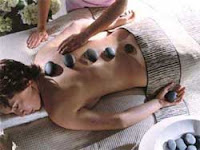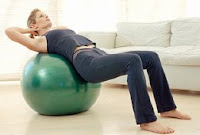Arch Orthop Trauma Surg. 2009 May 14; Fan J, Yu GR, Liu F, Zhao J, Zhao WDINTRODUCTION: The aim of the study was to evaluate the biomechanical performance and clinical results of TSRH's Hook plus screw fixation after direct repair of spondylolysis defects in the pars interarticularis. MATERIALS AND METHODS: Biomechanical testing of eight calf cadaver lumbar spines were used to provide comparative biomechanical data on TSRH's Hook plus screw fixation, and for the intact and the destabilized spondylolytic spines, modified Scott's fixation, screw-rod construct and Buck's fixation were used. Eleven patients with bilateral spondylolysis were treated with segmental TSRH's Hook plus screw fixation and autogenous bone graft; after an average follow-up period of 28 months, the patients were reviewed. Conventional tomography and computed tomography scans were taken to assess the condition of the fixation and the healing of the bony defect separately. MR images were performed to assess the adjacent disk conditions. MacNab criteria were used to assess their pre- and postoperative status. RESULTS: Each fixation technique significantly increased stiffness and returned the intervertebral rotation stiffness nearly to intact levels. TSRH's Hook plus screw technique and screw-rod construct provided more rotational stability than the other two techniques. TSRH's Hook plus screw, pedicle rod construct and Buck's technique also provided more flexion/extension stability than the modified Scott's technique. Neither complications nor instrumentation failure was observed. Retrospective follow-up of patients showed complete radiographic healing but unilateral nonunion in one on CT scans and pain relief in all patients. MR images of lumbar spine showed no significant change of disk before and after the surgery. Excellent or good results were obtained in ten cases according to MacNab criteria, but fair results were obtained in case of unilateral nonunion. CONCLUSION: Biomechanical evaluation of the TSRH's Hook plus screw fixation showed excellent stability of the lumbar vertebrae. Excellent clinical results show direct repair of spondylolysis by TSRH's Hook plus screw fixation and bone grafting would be the alternative for treating patients with persistent back pain after 6 months of conservative treatment.



